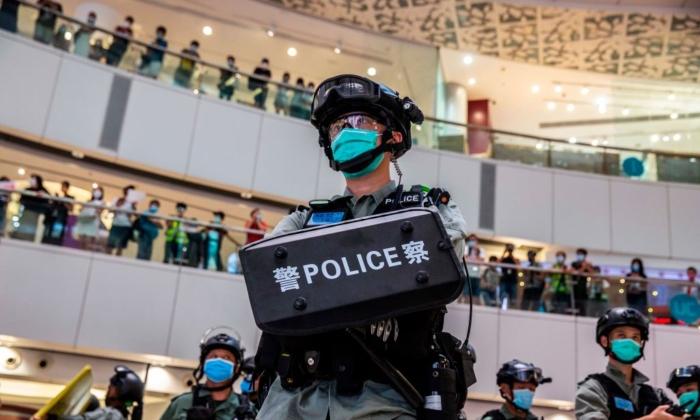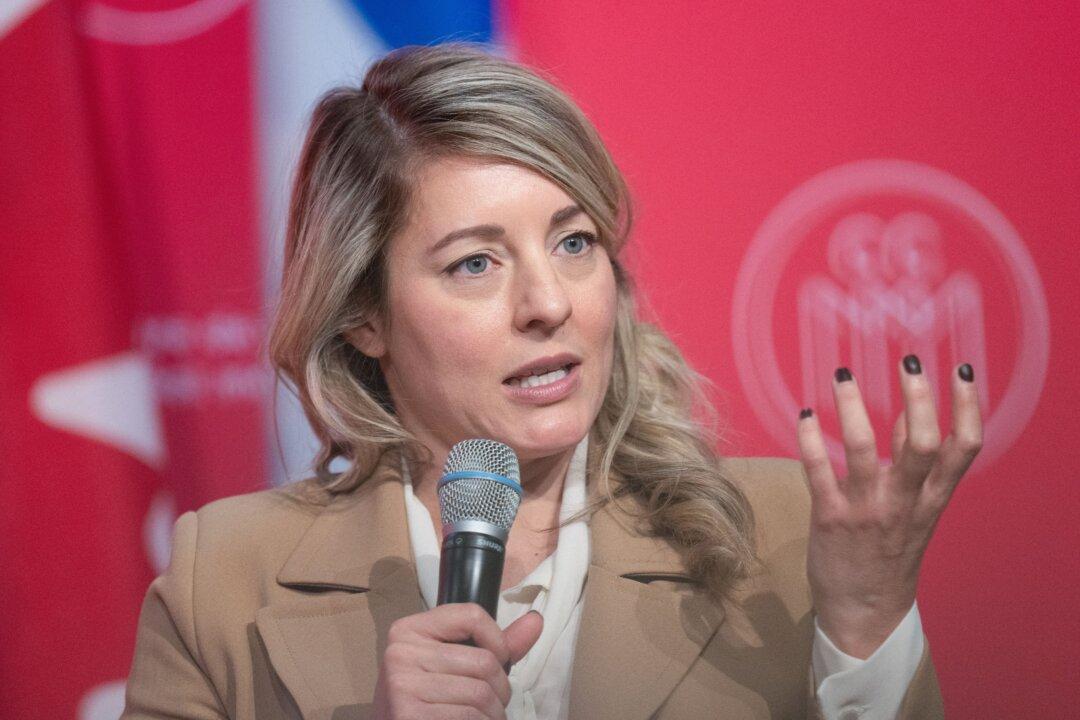Ontario is easing some of its COVID-19 restrictions on Feb. 17, and will be lifting all capacity limits and proof of COVID-19 vaccination requirements on March 1, Premier Doug Ford said on Feb. 14.
Ford said based on recommendations by the province’s chief medical officer of health, his government will remove capacity limits in indoor and outdoor settings in two stages.
“Key indicators have steadily improved at the peak of Omicron wave,” Ford said at a press conference. “Because of this progress, we heard from our chief medical officer of health Dr. Moore two weeks ago, and again last week, that we were fast approaching a time when we could safely remove restrictions.”
Effective Feb. 17, capacity limits will be removed for restaurants, bars, and gyms. Gathering limits will be at 50 percent for sports arenas, theatres, and concert venues. And areas deemed “higher-risk settings,” such as dance clubs, will have their capacity limits raised to 25 percent.
On March 1, the capacity limits in all remaining indoor public settings will be lifted.
The province will also end its proof of vaccination requirements at this time. Businesses that choose to require proof of vaccination may continue to do so.
The government said that this step in the plan will proceed “if public health and health system indicators continue to improve.”
The province will be keeping its mask requirement for indoor settings.
Ford announced a state of emergency in Ontario on Feb. 11 due to the ongoing protests against COVID-19 mandates and restrictions in Windsor and Ottawa.
Protesters had blocked the Ambassador Bridge connecting Windsor to Detroit since Feb. 6, before police cleared the blockade by Feb. 14.
The protests in Ottawa are ongoing.
The protests were started by truck drivers opposed to the federal government’s requirement that all drivers crossing the U.S.–Canada border need to have COVID-19 vaccination. As large convoys of trucks drove to the capital to protest the measure, more supporters joined in, opposing all COVID-19 mandates and restrictions. Many protesters say they will remain in the nation’s capital until the mandates are lifted.
Since then, various protest convoys have been formed in different parts of the country, protesting at provincial legislatures. Some have also blocked border crossings in Ontario, Alberta, Manitoba, and British Columbia.
Ford said in his Feb. 14 press conference that his announcement for lifting COVID-19 mandates is not because of the protests, “but despite of it.”
“I made the difficult decision to declare a state of emergency in Ontario. The police now have every single tool they need. They have every resource available to them and we’ve made progress since speaking to you last time,” he said.
Alberta ended its vaccine mandate at midnight on Feb. 8. Most other health restrictions in the province, including masking, will be lifted on March 1.
Saskatchewan’s government said it is lifting its mandatory vaccination program on Feb. 14, and will end its requirement for masks in indoor settings by March.
Manitoba is planning to end all its COVID-19 orders, including proof of vaccination requirements and mask mandate, by March 15.
Quebec, Prince Edward Island, and Newfoundland and Labrador have also announced plans to lift some of their COVID-19 restrictions.





